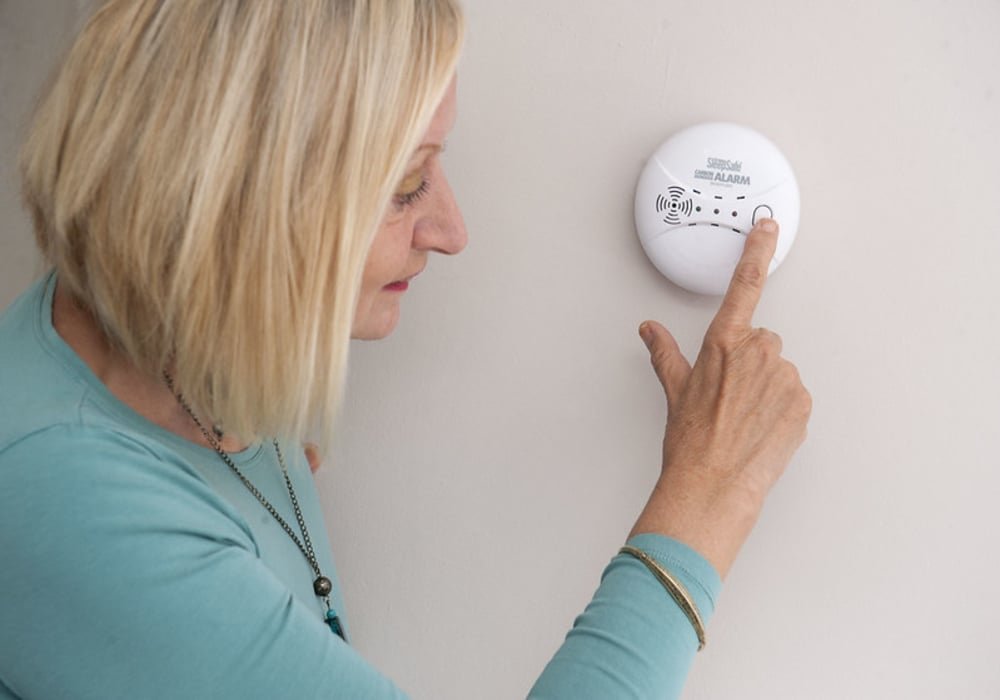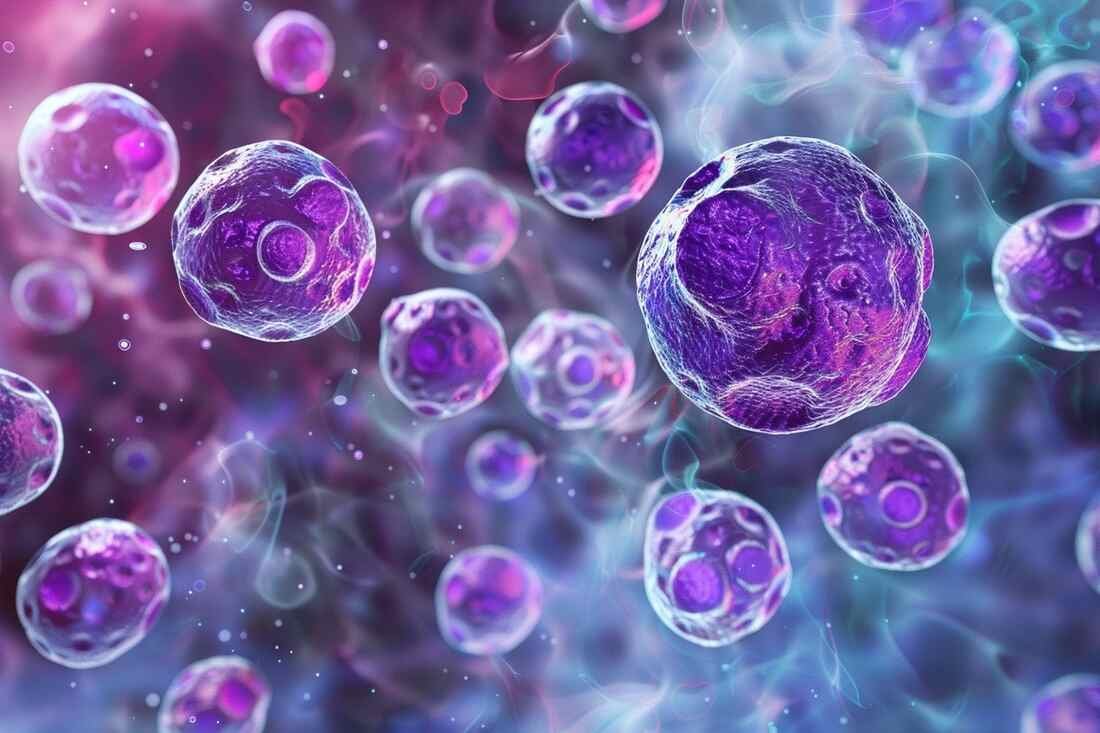Carbon Monoxide Poisoning
The effects of carbon monoxide poisoning vary. Carbon monoxide, also called CO, is a poisonous gas that cannot be seen or smelled. It does not irritate the eyes or the respiratory tract.
When a person breathes carbon monoxide, this gas enters their bloodstream and takes the place of oxygen. It damages the tissues and can be very dangerous for your health.
Carbon monoxide is an asphyxiant gas that attaches to red blood cells and prevents them from properly carrying oxygen in the body. The severity of poisoning depends on the amount of CO fixed by hemoglobin. The first and most common symptoms are: headaches.
What is carbon monoxide?
Carbon monoxide (CO) is one of the most well-known oxygenated components of carbon along with carbon dioxide (CO2), more commonly known as carbon dioxide. Confusion between these two gases is frequent although they are totally different, especially in their toxicity. CO is a colorless and odorless gas at normal temperature and pressure, with a density close to that of air. It is the result of incomplete combustion, regardless of the fuel used (wood, butane, coal, gasoline, natural gas …). But one of the main characteristics of this gas is its toxicity in a confined environment.
It acts as a very toxic asphyxiant gas which, absorbed in a few minutes by the body, binds to hemoglobin.
0.1% of CO in the air kills in 1 hour
1% of CO in the air kills in 15 minutes
10% CO in the air kills immediately
Read also: Carbon is the chemical element with atomic number 6 and symbol C
The effects of carbon monoxide poisoning vary depending on:
the amount of carbon monoxide in the air;
the length of time the person was exposed to carbon monoxide;
the person’s sensitivity to the effects of this gas;
the person’s state of health.
Where does carbon monoxide come from?
This gas comes from working heating or cooking appliances.
gas, wood, coal, gasoline, fuel oil or ethanol.
This gas does not come from electrical appliances.
These devices can produce carbon monoxide when they are not working well:
• cooker
• boiler and water heater
• non-electric auxiliary heating,
• stove,
• fireplace
• brazier and barbecue
• generator
• car, motorcycle or DIY appliance engine
Symptoms
It is important to know that carbon monoxide poisoning can only occur if a person is in the presence of a source of carbon monoxide.
This is because the symptoms of carbon monoxide poisoning are often difficult to recognize because they resemble symptoms of other health problems.
We can think of carbon monoxide poisoning when:
one or more people are in an area where there is a source of carbon monoxide;
these people experience symptoms;
symptoms decrease or disappear when people leave this area.
It is then very important to know what to do when you have symptoms.
Symptoms of carbon monoxide poisoning vary with the intensity of the poisoning.
Main symptoms of mild poisoning:
headache;
tired;
nausea;
vomiting.
Symptoms of more serious poisoning:
dizziness;
tired;
pain in the chest;
vision disturbances;
difficulty concentrating.
Symptoms of severe poisoning:
problems with coordination of movements or muscle paralysis, which prevent the person from leaving the premises;
loss of consciousness.
What to do in the event of an accident carbon monoxide poisoning?
The safety instructions in the event of an accident due to carbon monoxide are simple:
Ventilate the premises immediately by opening doors and windows.
Evacuate the premises and empty the premises of their occupants.
Call the emergency services.
Do not return to the premises until after a qualified professional has passed through, who will look for the cause of the intoxication and suggest the work to be done.
What to do when you have symptoms or a carbon monoxide alarm sounds
A carbon monoxide alarm is a device that detects the presence of this gas.
If you have symptoms of poisoning whether or not the carbon monoxide alarm is sounding:
Above all, you need to think about your safety.
Leave the premises and head outside.
Dial 9-1-1 or call the Poison Control Center.
Leave the door open when leaving the premises to completely ventilate the area.
Wait for permission from a firefighter to go back inside, even for a few minutes.
If you have no symptoms of poisoning, but the alarm is sounding:
Head outside.
Dial 9-1-1.
Wait for permission from a firefighter to go back inside, even for a few minutes.
Do not use your fuel-burning appliances until you have had them checked by a qualified person.
Treatments
It is necessary to consult a doctor to treat carbon monoxide poisoning.
Administration of high concentration oxygen is the usual treatment. If the person’s condition is more serious, the doctor may prescribe hyperbaric chamber treatment. This treatment consists of placing the person in a closed chamber where they receive pressurized oxygen.
Complications
Severe poisoning can cause permanent damage.
The following sequelae may appear for 2 to 40 days after poisoning, even if it has been treated:
chronic migraines;
neurological disorders that can cause movement coordination problems;
memory and personality problems;
changes in mood: irritability, verbal aggression, violence.
Severe carbon monoxide poisoning can also lead to coma and even death in just a few minutes.
Protection and prevention
Only a carbon monoxide alarm can detect the presence of this gas and alert you to it.
When the alarm goes off, it is important to know what to do. To learn more, see What to do when you have symptoms or a carbon monoxide alarm sounds.
To guide you in purchasing a carbon monoxide alarm, see the section Choose your CO alarms This link will open in a new window. from the website of the Department of Public Security.
To protect yourself properly, take precautions to prevent carbon monoxide poisoning.
People at risk
Everyone is at risk of poisoning from sources of carbon monoxide. However, the risk is higher for some people:
people with chronic heart disease, anemia or breathing problems;
people aged 65 and over;
children under 2 years old;
smokers;
pregnant women and their fetuses. Carbon monoxide poisoning increases the risk of fetal mortality and developmental problems.
Particularities
Cases of carbon monoxide poisoning must be reported to public health authorities by a doctor or a laboratory.
Sources: NHS UK, Mayo Clinic
Photo credit: CORGI HomePlan / Flickr



